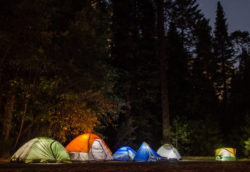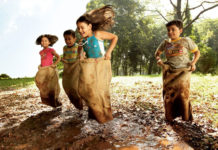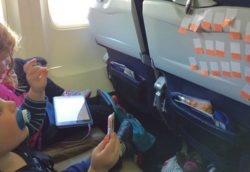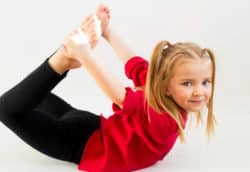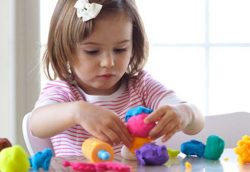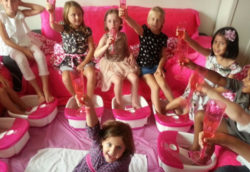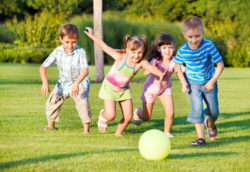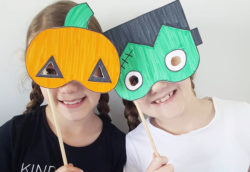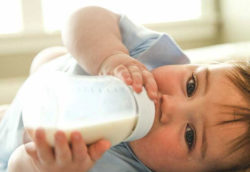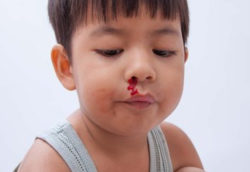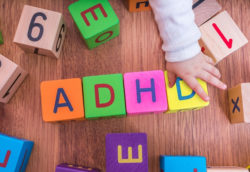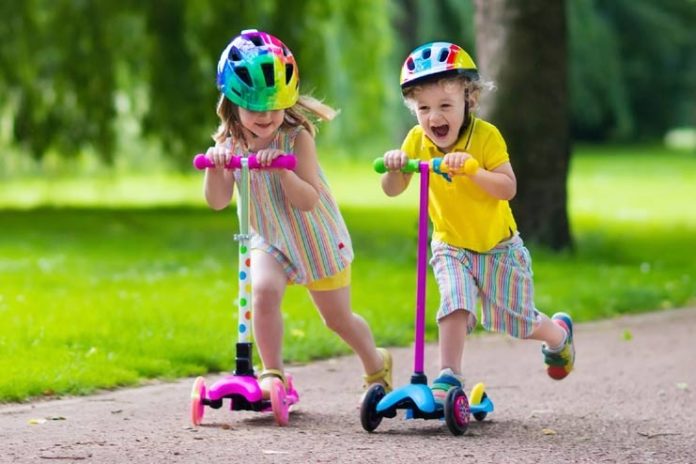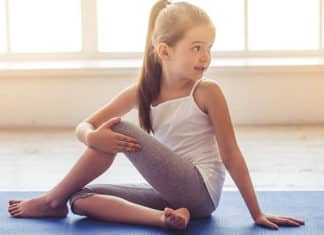Physical activity is good for young children in many ways! Encourage your child to be active and provide age-appropriate active toys to them. Physical activities for toddlers can be part of your child’s play. Be sure to practice and build on these skills.
Children of all ages should be active. It is vital for their physical, mental health and development.
Top Physical Activities For Toddlers

1. Bubble Catch

One of the best physical activities for toddlers. Motor control of arms and hands, usage of eyes to track movement, are the skills needed to play this physical activity game.
An open, free area of any dangerous obstacles, if playing with older toddlers who are ready to run or walk over bubbles, and a standard soap bubble-blowing toy is needed.
Blow up the bubbles in the air, for your toddler. Encourage them to try to catch the bubbles. If your toddler is walking or running, make sure there are no dangerous obstacles where they are playing.
Bring more fun into the game, by allowing your child to blow up the bubbles, while you catch them up.
This physical activity helps your toddler to develop motor control in the hands, as well as read their spatial environment, and ability to track movement with the eyes.
2. Walking on Pillows

The best gross motor activity for toddlers. A perfect game for those days you are stuck indoors when it’s cold or rainy.
Gather all the cushions and pillows you have. Line all of them in a single row. Now, tell your child to walk from one end of the pillows to the other.
The game would seem to be simple, and a funny thing for you to ask him/her to do. You can try walking with them too. It would be a tough game for the toddler, as they may still try to figure out and strengthen gross motor skills. Increase the difficulty level of the game, by spreading the pillows apart and jump from a bit far distances.
You would love to see the kids, try different ways to walk across the pillows and cushions. They would hop on the pillows, then walk or crawl from pillow to pillow. Challenge them to do the hopping backward.
3. Dancing Spinner

Glue a sheet, containing the names of your body parts, to a piece of construction paper. Then, cut out the circle and through the center, poke a pencil. Attach a paper clip to the end of the pencil. Hold the pencil horizontally, and keep the paper clip pointing upwards, for spinning. Spin the paper, to see where the paper clip points.
Turn on the music, and get the kids dancing, on where the paper clip points. Spin the spinner and call out the body part that the paper clip lands on. Children should dance by only moving that body part.
4. Toddler Seated Ball Play
 Another one of the important physical activities for toddlers. You need to lift your head, arms and legs to play this activity.
Another one of the important physical activities for toddlers. You need to lift your head, arms and legs to play this activity.
Open floor space and a colorful ball of about 10-20 cm in diameter are needed.
Sit on the floor, opposite to your child with your legs spread apart in a ‘V’ shape or kneel down, if it is more comfortable. Have your child sit in the same way, facing you. Roll the ball forth and back at a distance of 1-2 meters. Do it faster, for instant reactions from your child.
Try tossing the ball slightly so that it bounces a bit if you feel that your child is ready for a greater challenge.
This activity helps your toddler to develop fine motor control in the hands, as well as hand-eye coordination.
5. Climbing

Agility, Coordination, and balancing skills are needed to play this physical activity game. Pillows, beds, large chairs, sofas, staircase, or cushions are required. For outdoors, simple climbing obstacles such as play frames at a playground, or benches and garden walls are needed.
Encourage your toddler to climb obstacles that are free of sharp edges. Stay close to the child, and be ready to hold them if they lose balance, hand grip or footing. If you are playing indoors, encourage your child to climb the beds, stairs or the sofas. Create a climbing or crawling obstacle using sofa pillows and cushions. And if outdoors, encourage them to climb objects you encounter such as a park, garden retaining walls, benches, and even logs.
Look out for low playground equipment and climbing frames designed for toddlers. Do not allow her to climb too high, or into any areas beyond your arm’s reach. Make sure you avoid comments that communicate fear and use encouraging words. Lift them up from any place, where you feel she is exposed for any possibility of injury or risk of falling.
Try placing one of her favorite toys on top of an obstacle, or make a motion to climb the obstacle yourself and encourage her to climb with you, if you sense that your toddler needs support to climb.
Your child will benefit from building strength in his/her limbs.
6. Toddler Hand Control

Sit comfortably with your toddler on your lap or beside you. Read favorite picture books with your child, by pointing at the pictures and discuss the images. Ask your child to turn the pages. Do not worry if your child decides to burn through all of the pages quickly before you have read them.
Sit with your toddler and pass favorite hand-sized toys back and forth. Discuss each toy. This activity helps your toddler to develop fine motor control in the hands, as well as hand-eye coordination.
7. Peek-a-boo

Find a comfortable place to sit if playing with young toddlers ages 1-2 years. Sit with your toddler and play peek-a-boo by hiding your face behind your hands. Encourage them to use their hands and lead the play, once your toddler knows the game.
Improvise the game, by hiding behind furniture, if playing indoors and move in and out of hiding while saying ‘Peek-a-boo!’

